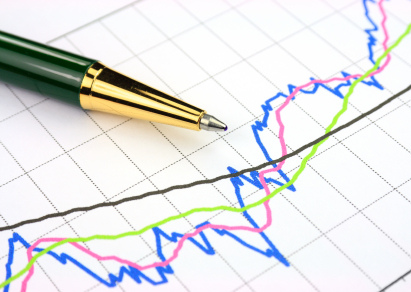Managers on Covestor who combine dividends and share buybacks into their strategies are riding a strong trend in the market this year.
Mark Holder, chief investment officer of Stone Fox Capital, oversees the Net Payout Yields portfolio on Covestor. Holder targets large-cap companies paying decent dividends and repurchasing their own stock.
“Dividends have been popular for a few years with investors looking for the yields they can’t get in bonds with interest rates so low,” Holder said. “However, buybacks have been overlooked.”
That may be starting to change. For example, several ETFs have launched that factor buybacks into their strategies, and they have performed well this year. PowerShares Buyback Achievers (PKW) was up 37.8% year to date as of Oct. 30, compared with a total return of 25.8% for the S&P 500 index.
Other ETFs that incorporate buybacks into their approaches include AdvisorShares TrimTabs Float Shrink (TTFS), Guggenheim Insider Sentiment (NFO) and Cambria Shareholder Yield ETF (SYLD), which listed this year.
One of the portfolio managers for SYLD is Mebane Faber, best known for The Ivy Portfolio. Faber this year published a tract on the concept of Shareholder Yield. This approach favors companies that are paying dividends, buying back shares and paying down debt.
Net Payout Yields portfolio manager Holder said the market tends to ignore stock repurchases as a way for companies to return capital to shareholders. Buybacks can boost the dividend yield by reducing the number of shares outstanding, so each shareholder gets a bigger slice of the pie. Buybacks have the added attraction of being more tax efficient than dividends, Holder said.
Although more investors are turning to equities for yield in a low-rate environment, it should be noted that stocks are generally more volatile than bonds. Also, companies are under no obligation to continue to pay dividends.
In Net Payout Yields, Holder runs a relatively concentrated portfolio typically containing between 20 to 25 names. He mainly invests in companies with market caps above $10 billion and uses fundamental research to avoid companies with high dividend yields that are distressed and potential bankruptcy risks.
“When you invest in large-cap stocks that have dividends, buybacks and decent cash flows, it tends to work over longer periods,” Holder said.
Photo Credit: Stephan King
DISCLAIMER: The investments discussed are held in client accounts as of September 30, 2013. These investments may or may not be currently held in client accounts. The information in this material is not intended to be personalized financial advice and should not be solely relied on for making financial decisions. All investments involve risk, the amount of which may vary significantly. Investors cannot invest directly in an index. Indexes have no fees. Past performance does not guarantee future results.





